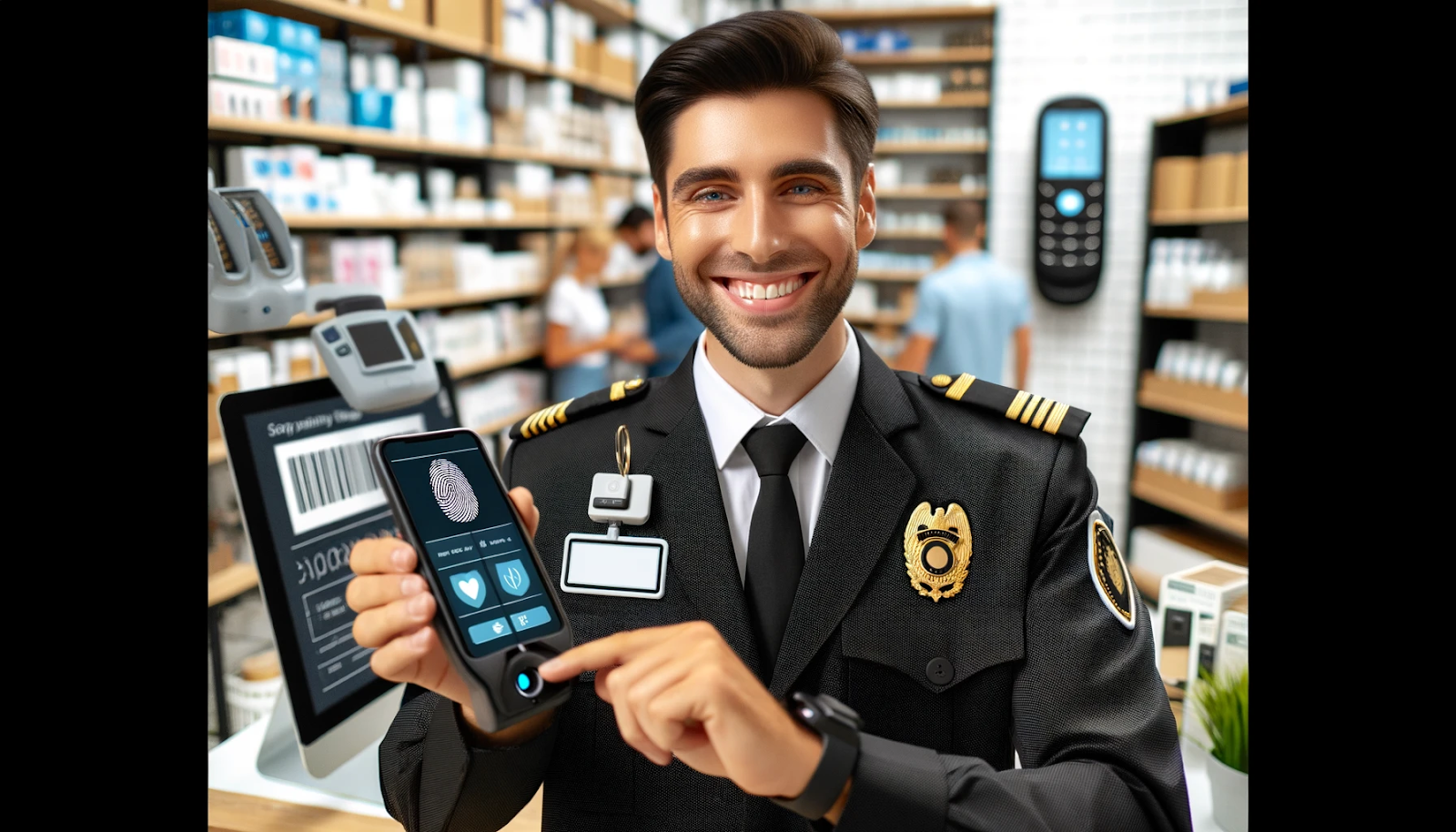Ensured security is paramount in today’s fast-paced retail environment. Retailers face various challenges, from preventing theft to managing crowds. Advanced security technologies like RFID and biometric verification are revolutionizing the retail sector, providing robust solutions to these challenges. This blog explores the latest security technologies and their applications in retail, tailored for property managers, chief security officers, and security company hiring managers.
RFID Technology: Revolutionizing Inventory Management and Theft Prevention
Radio Frequency Identification (RFID) transforms retailers' inventory management and prevents theft. Unlike traditional barcodes, RFID tags can be read from a distance and do not require a direct line of sight. This capability allows for quick and efficient inventory tracking.
Benefits of RFID in Retail:
- Efficient Inventory Management: With RFID, retailers can conduct inventory checks in a fraction of the time it takes with traditional methods.
- Theft Prevention: RFID tags can trigger alarms if items are removed from the store without deactivation, significantly reducing shoplifting incidents.
- Enhanced Customer Experience: RFID improves overall customer satisfaction by ensuring products are always in stock and easy to locate.
Biometric Verification: Enhancing Security and Customer Convenience
Biometric verification, including fingerprint and facial recognition, is increasingly used in retail for security and customer convenience. These technologies offer a high level of security by ensuring that only authorized personnel can access certain areas or systems.
Applications of Biometric Verification:
- Access Control: Retailers can restrict access to sensitive areas, such as stockrooms or cash offices, to authorized personnel only.
- Customer Identification: Biometric systems can speed up the checkout process by allowing customers to pay using their fingerprints or facial recognition, making transactions faster and more secure.
- Employee Management: Biometric systems can track employee attendance and ensure that only authorized staff can clock in.
Integration of Advanced Security Technologies
Integrating RFID and biometric verification into a cohesive security system can provide comprehensive protection for retail environments.
Steps for Integration:
- Assessment of Needs: Determine the specific security needs of your retail operation.
- Selection of Technology: Choose appropriate RFID and biometric solutions that align with your needs.
- Implementation: Integrate these technologies into your existing security infrastructure.
- Training: Ensure that staff are adequately trained to use new security systems.
- Monitoring and Maintenance: Regularly monitor and maintain security systems to ensure they function correctly.
Example Table: Comparison of RFID and Biometric Technologies
|
Feature |
RFID |
Biometric Verification |
|
Inventory Management |
Highly effective |
Not applicable |
|
Access Control |
Moderate effectiveness |
Highly effective |
|
Theft Prevention |
Highly effective |
Not applicable |
|
Customer Experience |
Improved with faster inventory checks |
Improved with faster transactions |
|
Employee Management |
Limited use |
Highly effective |
Case Study: Retail Store Implementation
Consider a mid-sized retail chain implementing RFID and biometric verification to enhance security. After integrating RFID for inventory management and biometric verification for access control, the store saw a significant reduction in theft and a marked improvement in inventory accuracy.
Results:
- Reduction in Theft: The implementation of RFID tags led to a 30% decrease in shoplifting incidents.
- Improved Inventory Accuracy: Inventory discrepancies dropped by 40%, leading to better stock management.
- Enhanced Employee Accountability: Biometric systems ensured only authorized personnel could access sensitive areas, reducing internal theft.
FAQs
- What is RFID, and how does it differ from barcodes?
RFID (Radio Frequency Identification) uses radio waves to read and capture information stored on a tag. Unlike barcodes, RFID can be read from a distance without a direct line of sight. - How secure is biometric verification in retail?
Biometric verification is highly secure as it relies on unique biological characteristics, making it difficult to forge or duplicate. - Can RFID and biometric systems work together?
Integrating RFID and biometric systems can provide a comprehensive security solution, enhancing inventory management and access control. - Is it expensive to implement these technologies?
While initial costs can be high, the long-term benefits of reduced theft and improved efficiency often outweigh the expenses. - How do these technologies improve customer experience?
RFID ensures products are readily available and easy to locate, while biometric verification speeds up the checkout process. Both contribute to a better shopping experience.
.png)
.png)
.png)

.png)
.png)

.png)
.png)
.png)
.png)
